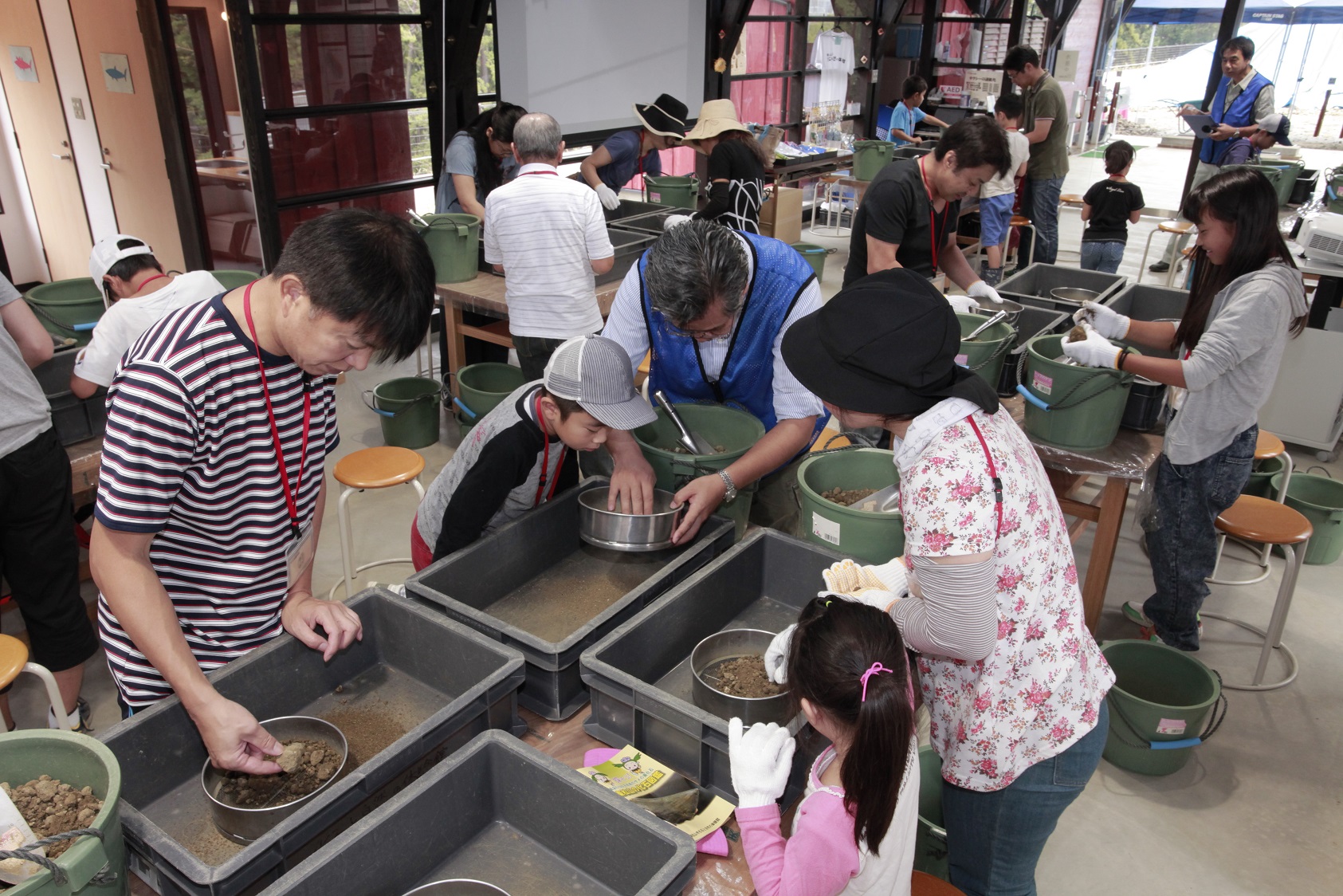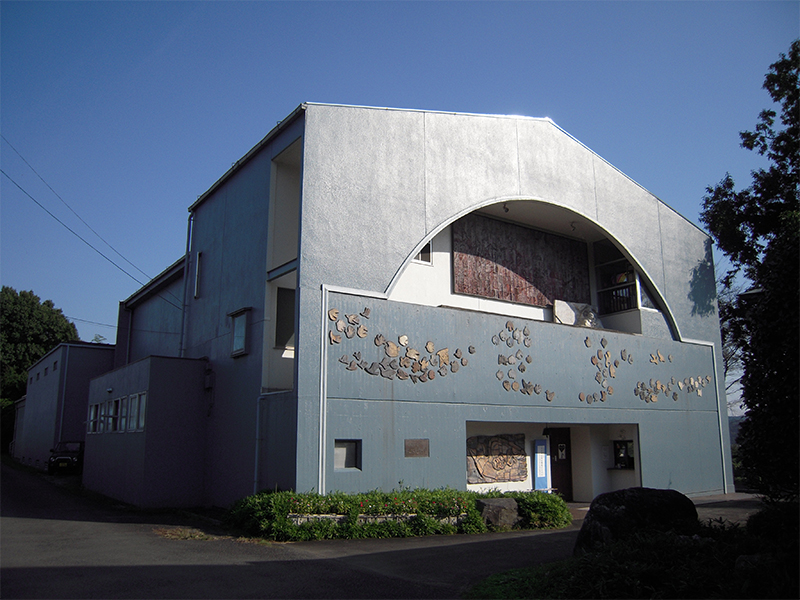Fossil and Nature Experience Center
sightseeing
The Iwadonokyūryō (rocky hills) around this experience center are comprised mainly of the Toki River layer group, strata accumulated in the sea 10 to 15 million years ago, which contain a wide range of fossils. This experience center is the only facility in the prefecture where visitors can experience digging up fossils, such as shark teeth, from 15 million-year-old conglomerate rock. Together with the lecturer, challenge yourself to dig up fossils using a sieve, hammer and chisel! Most of the fossils you find can be brought home, with some exceptions. Since the fossil digging takes place inside the facility, activities can be enjoyed even on rainy days.
Basic Information
Location
Higashimatsuyama Bandōyama 13
TEL
0493-35-3892
Business hours / Fee
Business hours
9:00 ~ 17:00
Regular holiday
Monday of every week (in case of a holiday, the following day), New Year's Holiday (December 29th to January 3rd)
Fee
In the City: Elementary, Middle School Students 500 yen, General 700 yen Out of the City: Elementary, Middle School Students 700 yen, General 1,000 yen
How to get there
Public transport
Take the bus headed for Kami Kumai from the west exit of Takasaka Station and Get off at “Kaseki to Shizen no Taikenkan”
Approximately 10 minutes via taxi from the west exit of Taksaka Station of Tobu Tojo Line and roughly 15 minutes via taxi from Higashi Matsuyama Station
Approximately 10 minutes via taxi from the west exit of Taksaka Station of Tobu Tojo Line and roughly 15 minutes via taxi from Higashi Matsuyama Station
Car
Approximately 10 minutes from Higashimastuyama Interchange of the Kan-Etsu Expressway to the direction of Kawagoe・Kawajima
Parking
Free: Yes
Available for Large Buses
Fee: None
Available for Large Buses
Fee: None
Other
Internet Wi-Fi
×
Duty-free shop
×
Credit card
VISA:×_x000D_
JCB:×_x000D_
MASTER:×_x000D_
その他:×
JCB:×_x000D_
MASTER:×_x000D_
その他:×
Universal design
AED installation
〇
General / Wheelchair Shared Elevator
×
Wheelchair rental
×
Floor with handrail
×
Stairs with handrail
〇
Wheelchair-accessible slope
〇
Stroller rental (There may be a charge.)
×
Sign language support
×
Braille explanation
×
Voice guidance
×
Wheelchair parking
〇
Breastfeeding room
×
Compatible with diaper changing tables
〇
Wheelchair lift
×
Baby keep or baby chair
×













